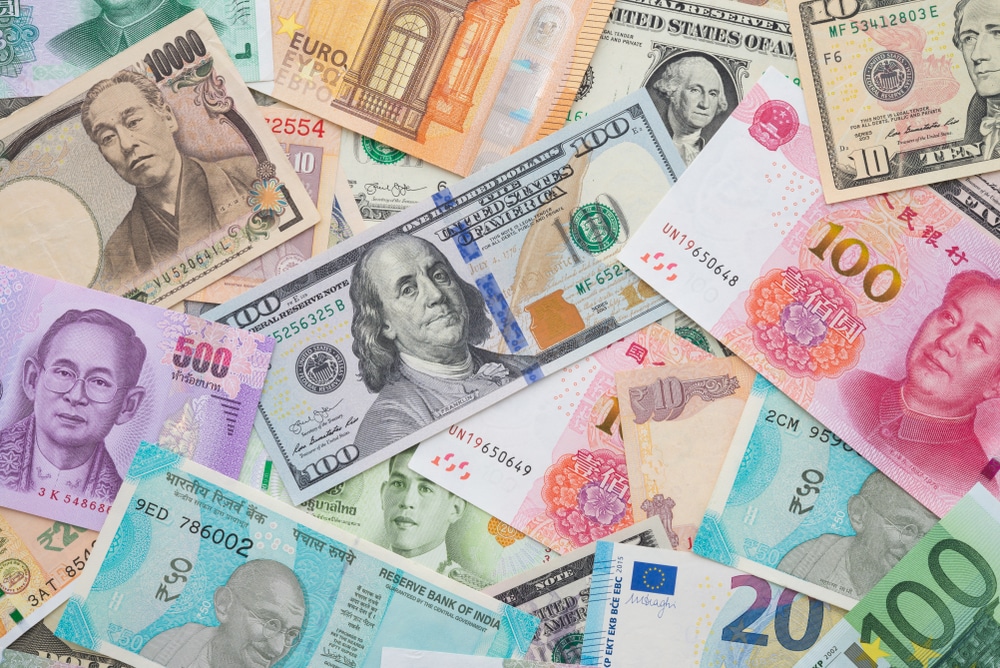Although the euro has been around for many years now, and serves as the currency in most countries of the European Union, there are still a variety of currencies around the world. How does this come about and what reasons prevent agreement on a global world currency? After all, this would make a lot of things easier for travellers. For the foreseeable future, however, it will only remain a wish to be able to pay worldwide with one currency.
First of all, it must be noted that historically there are already far fewer currencies today than there were 300 years ago. In the territory of the Federal Republic of Germany alone, there were many small regional currencies at that time. Each prince minted his own coins and had the minting monopoly.
This meant that when trading between different principalities, at least one party had to exchange its currency for that of its trading partner. The profession of money changer was born. They earned their money by profiting from changes in the exchange rate. Today, anyone can do that. The prerequisite for this is an investment account with a provider like https://www.fxforex.com/de/, where you can also find detailed information about this form of speculation.
Its own currency is a sign of sovereignty
Minting your own money and later printing it was a sign that you were a sovereign state. After all, it was possible to control monetary policy on its own territory. By increasing or tightening the money supply. This was used in particular to control the price in the national currency for imports from abroad.
For many countries, their own currency is still a symbol of their own strength. The formation of a regional currency, as the euro area has done with the euro, usually fails due to differences between neighbouring countries. That’s why there will probably be no second regional currency in the foreseeable future.
For travelers, this means that they will still have to be prepared for payments in the local currency. The credit card can be used at least in holiday regions with urban infrastructure. This can help, for example, on a short trip if you don’t have that many expenses anyway.
The dollar is widely accepted
For many years, the US dollar was something like an unofficial world currency. It is only an official means of payment in a few countries. In practice, however, it is often accepted or at least exchanged for the local currency on site. Therefore, the tip for travelers to distant countries is to always carry a small amount of cash in US dollars with you. Since the euro came into existence, a similar development has been observed with this currency. The euro can also be used as a means of payment in many holiday countries without the euro.
In the future, the Chinese currency may also reach a similar status. At the latest when more and more Chinese travel abroad and bring their currency with them. Anyone planning a trip through several countries should find out beforehand how to pay locally. There are still states that prohibit the import or export of their national currency. Here you must have a way to get cash immediately after entry.


